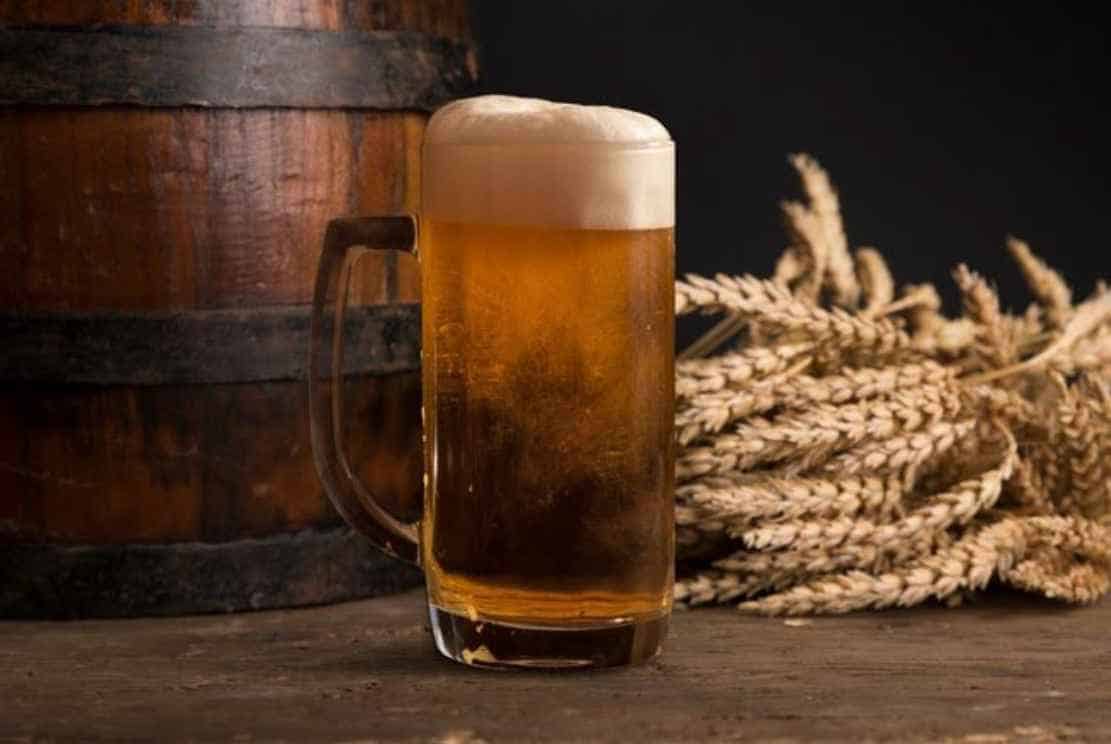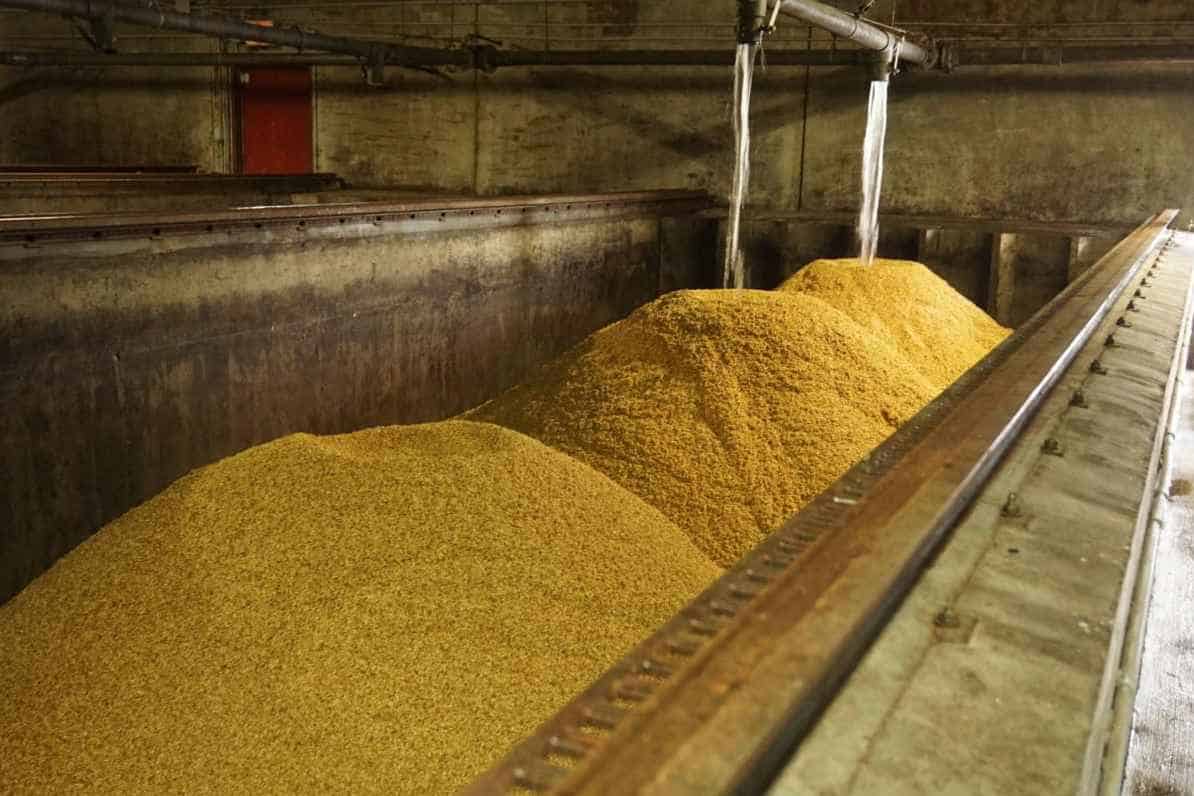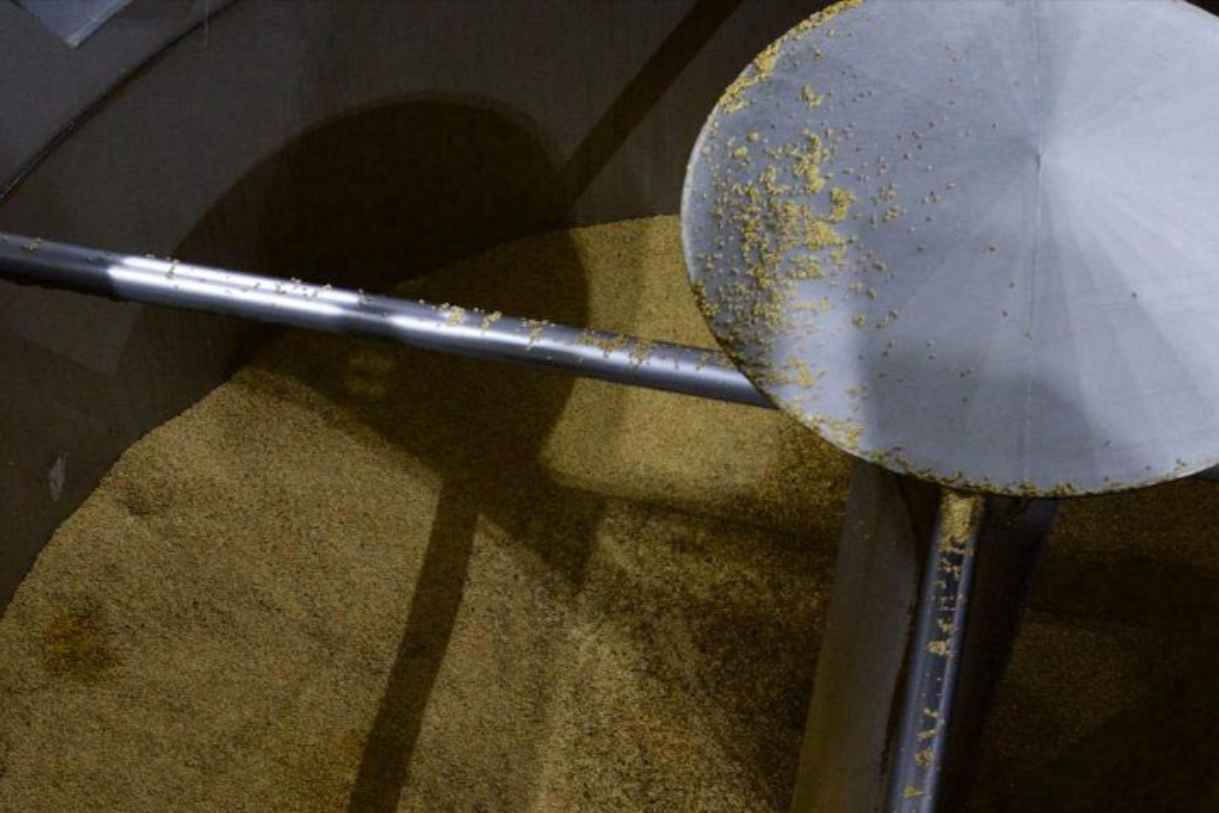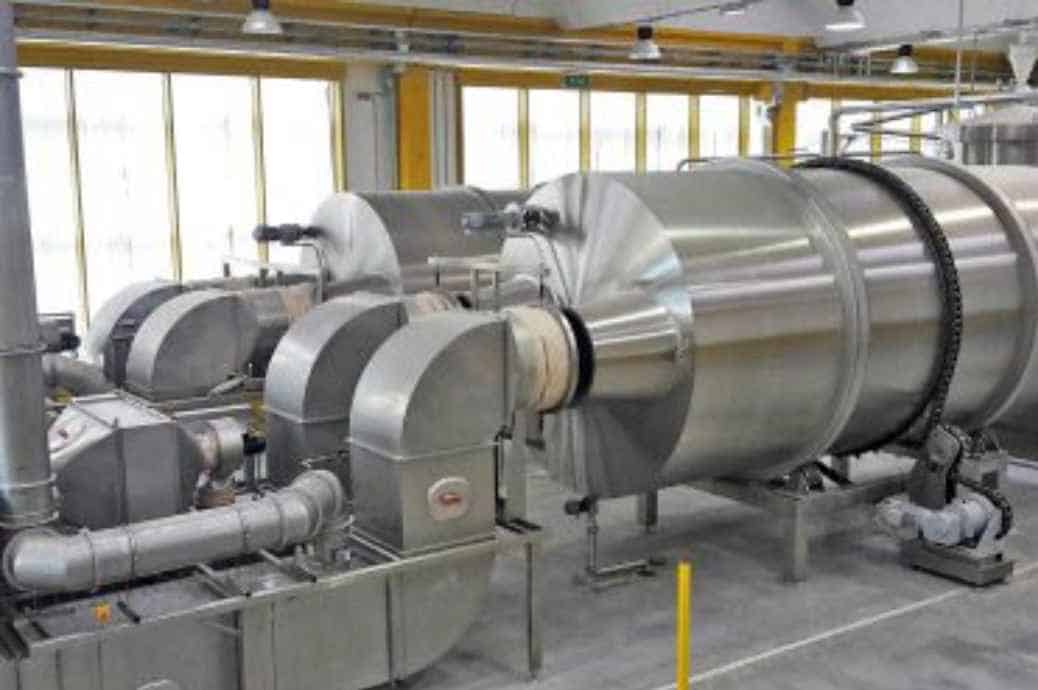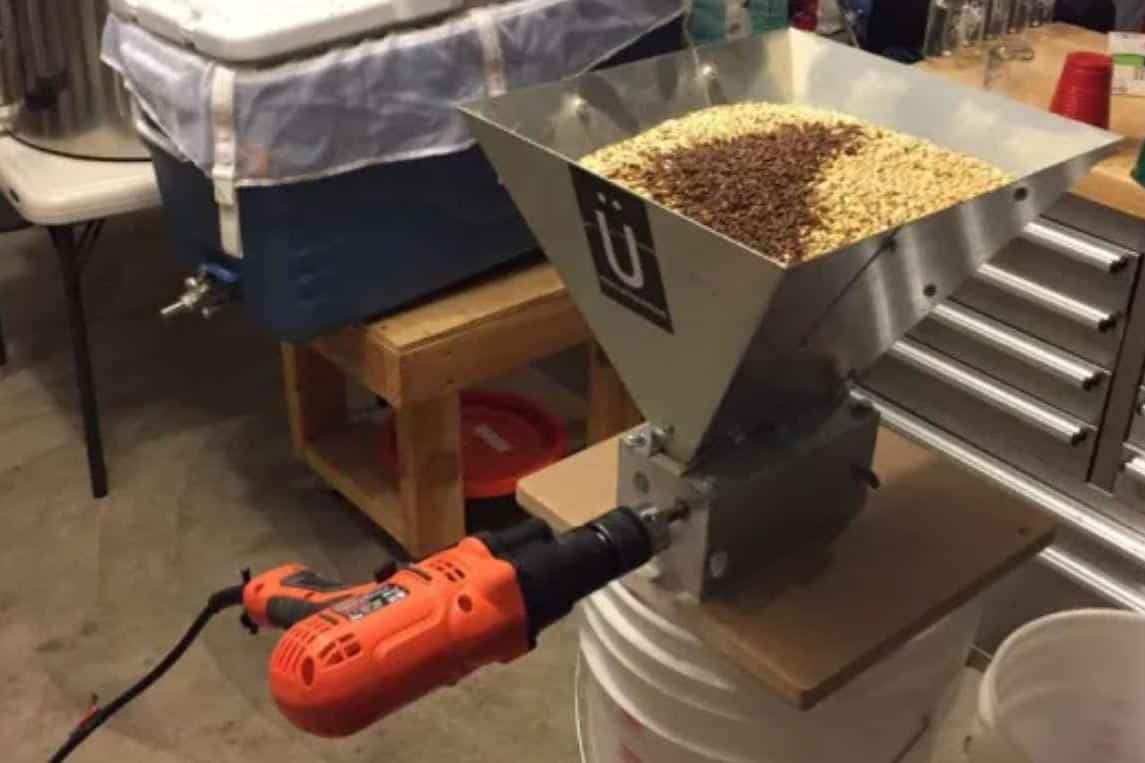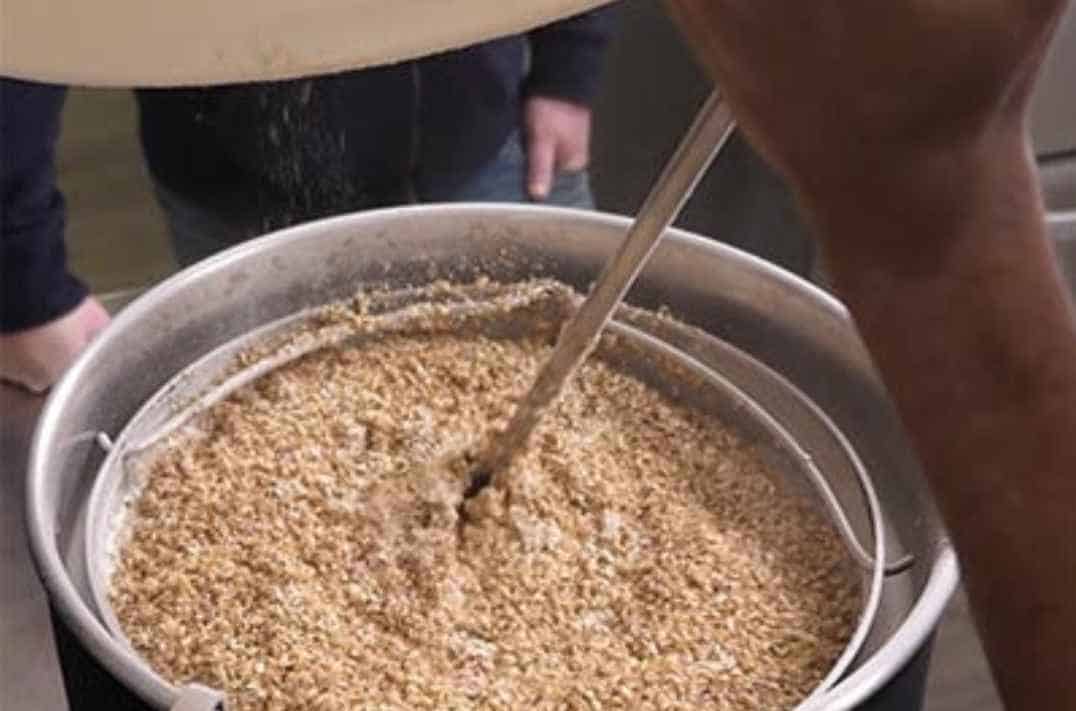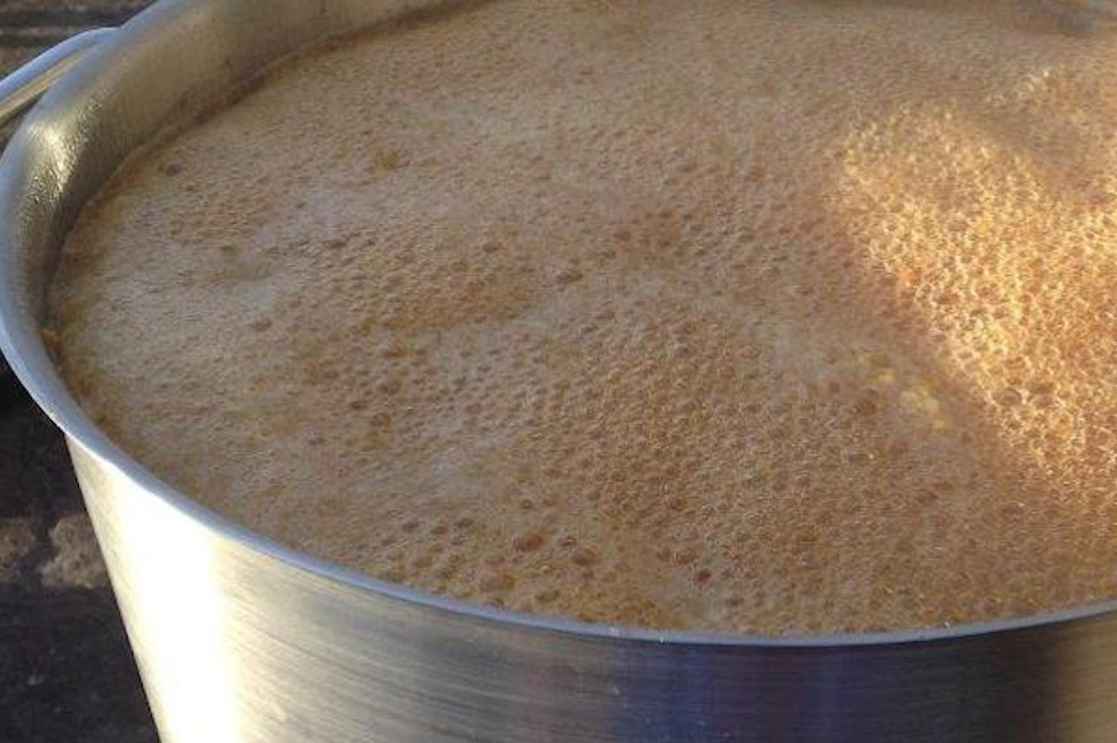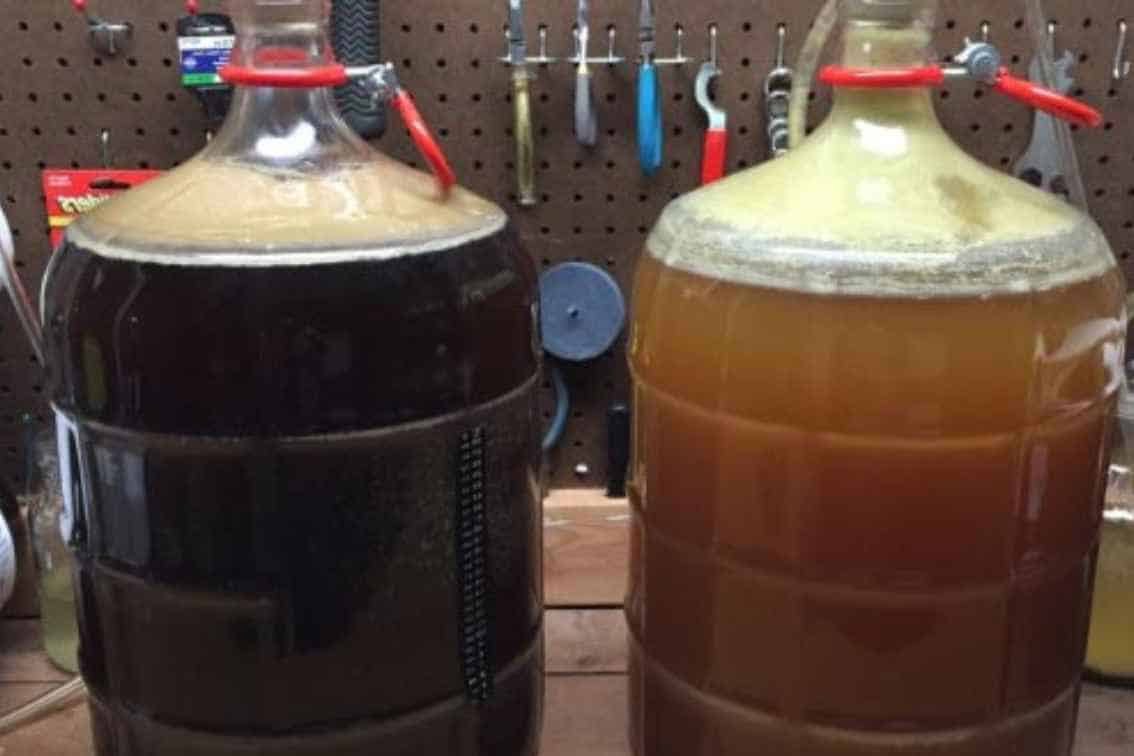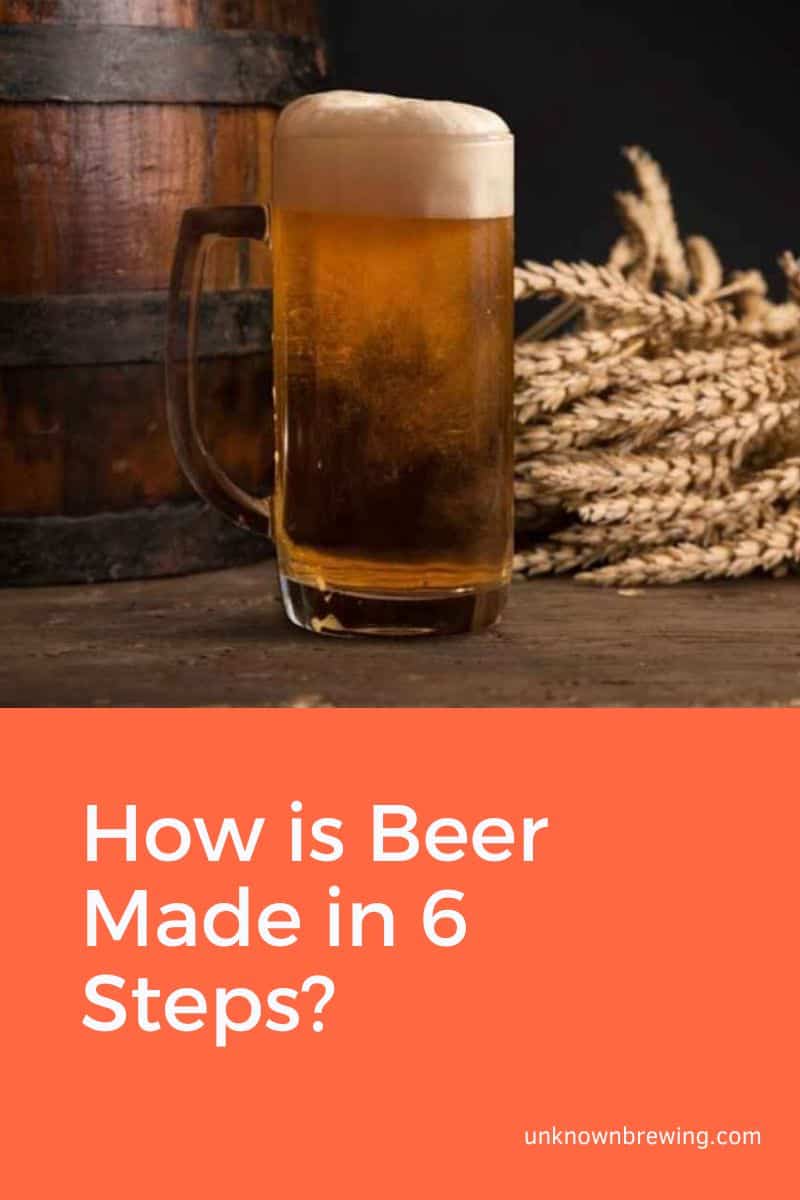Don’t you ever wonder how your favorite go-to occasion drink is made? Well, in this article, I’m going to tell you all you need to know about Beer Brewing: How Beers are Made step by step! From its origin, all the way from the packaging, so be sure to stick around to find out!
The Life Cycle of a Beer
We all know that beer is a fermented alcoholic beverage that is made by combining its four common ingredients such as grains that are usually malted barley, hops, water, and yeast.
And the process of creating beer involves several steps, which include malting, milling, mashing, boiling, fermenting, and conditioning or finishing.
The first thing that brewers do is soak the malted grains in the water. Then mashing, the grains combine with hot water to produce wort. Once it boils and the wort is cooled down, you can now add the yeast.
After that, let the beer ferment for several days or weeks. Once the beer is done fermenting, you can now serve it with your friends and family together with the food that pairs with it!
Step 1. Malting
The malting process is the most important part of producing a good beer since it involves soaking and then germination of barley grains to later convert their starches into sugars which can be fermented using yeast to then produce alcohol.
The malting process usually consists of three stages: steeping, germination, and kilning.
Steeping
The steeping stage is the first step in the malting process. During this stage, the barley grains are soaked in water for a specific amount of time, which usually is 2-3 days, to help them increase their moisture and stimulate germination.
The steeping stage helps the grain to be hydrated and to trigger the germination process. Once the moisture content of the grain increases, enzymes will happen and it will break down the proteins and starches of the grain.
Germination
During the germination stage is where the barley grains will begin to sprout, and the enzymes in the grains will now then convert the starches into sugars. This process typically lasts around 3 to 5 days.
The germination stage is carefully monitored in order to ensure that the grains will sprout evenly–avoiding it to be dry or too wet. And once the germination is complete, the cured sprout will stop growing, and it will preserve enzymes for brewing or distilling.
Kilning
The kilning stage imparts the aroma and flavor to the malt depending on the temperature and the drying process time. This stage is a crucial part since kilning affects the taste, aroma, and color of the malt.
Malt can also be kiln at different temperatures to produce a wide selection of malt flavors and colors. The kilning process usually takes place inside a kiln, and the temperature must be between 80 to 85 degree Celsius or 176 to 185 degrees of Fahrenheit.
Step 2. Milling
The milling process of beer production is also known as the grinding or crushing process because it involves grinding up or crushing up grains used to make beer into smaller pieces to help it create a more uniform mixture.
Milling plays an important role in the brewing process since it exposes starches within the malted barley to hot water that allows enzymes to convert them into starches which will be fermentable sugars. The grist is then mixed with hot water in a vessel known as a mash tun, which controls the temperature.
All in all, it is considered a crucial step in producing beer because it’s what makes it easier for the enzymes in the grains to break down the starches during the mashing process.
Step 3. Mashing
The mashing process of the beer is also crucial in producing an excellent and delicious beer because it involves steeping the grains in hot water to release the sugar that will be fermented later on by yeast to help create the alcohol.
During the mashing process, the mash is heated to around 150-160°F, which will help activate the enzymes inside the malt that will break down complex carbohydrates into simple sugar, such as maltose and glucose, that are often dissolved in hot water.
Once the mashing is done, you have to wait for at least a period of time–like an hour, to allow the enzymes to create their magic, which results in a sugary liquid sweet known as wort. After the grains are separated, the lautering process should be done.
Lautering
It is part of the mashing process, separating the sweet, sugary liquid from the spent grain husks. It is usually done with several steps, such as the few liters of the word being recirculated back to create a clear, filtered wort.
Step 4. Boiling
The boiling process of the beer requires a severe amount of attention. During this process, the liquid extracted from the mashing process earlier, or as they call it, the wort, is now boiled for about an hour or two.
The purpose of this is to extract the flavor and aroma within the hops since hops are the essential ingredients in beer. Which provides bitterness, zest, and flavor to the finished product, and when you boil it, they release alpha acids, which complete the bitterness of the beer.
Boiling can also help volatilize the essential oils in the hops, and as a result, the beer will have more aroma to it.
Step 5. Fermenting
Fermentation is a natural process where the maltose sugars that are extracted from the malted barley are now converted into alcohol and carbon dioxide with the help of the yeast. The yeast is added after the boiling process, and it is left inside to ferment for several days up to several weeks, depending on the beer you produce.
This process usually takes place at a controlled temperature that varies depending on the beer brewed. It can take up to several days, weeks, and even years, depending on the type of yeast used in the beer brewing.
Step 6. Finishing
The Finishing process of producing beer–also called the conditioning process or the lagering process is the last part of beer brewing. After the fermentation of the beer, it is now transferred to another vessel to be prepared for the finishing touches. It will now undergo a conditioning process to help the flavors further develop and allow the yeast to settle.
This stage can last up to a few days or a few months still, depending on the type of beer you are producing once it is done, it is now ready to be packaged in bottles, cans, or kegs, and it is now ready to be shipped to particular consumers or distributors.
Characteristics of a Beer
This chart illuminates the salient characteristics of every beer, affording us a more profound comprehension of its inimitable traits. With these qualities in the vanguard, we can actively bring together and distinguish diverse beers, fully discerning the delicate nuances of each one.
By utilizing this tool, we can submerge ourselves in the realm of beer and unlock the cryptic secrets of every individual brew, ultimately heightening our appreciation for the craftsmanship and ingenuity that goes into every frothy, tantalizing pint!
| Characteristic | Description |
| Color | The color of the beer can range from pale yellow to deep brown and is determined by the type and amount of malt used. |
| Aroma | The aroma of beer can vary widely depending on the type of beer, but may include notes of hops, malt, fruit, spices, or other ingredients. |
| Flavor | The flavor of beer is determined by a combination of the ingredients used, including malt, hops, yeast, and other flavorings. Some beers are bitter, some are sweet, and others have a more complex flavor profile. |
| Body | The body of beer refers to its weight and texture in the mouth and can range from light and watery to full and heavy. |
| Carbonation | The level of carbonation in beer can affect its mouthfeel and overall taste. Some beers are highly carbonated, while others are relatively flat. |
| ABV | ABV (Alcohol by Volume) refers to the percentage of alcohol in the beer by volume. Beers can range from low-alcohol options (less than 3%) to high-alcohol options (more than 10%). |
| IBU | IBU (International Bitterness Units) refers to the level of bitterness in the beer, which is determined by the number of hops used in the brewing process. Beers can range from very low IBU (less than 10) to very high IBU (more than 100). |
| Style | Beers are often categorized by style, which refers to a particular brewing tradition or set of characteristics. Some popular beer styles include IPAs, stouts, pilsners, and hefeweizens. |
Conclusion
In conclusion, beers are always made through the process of several stages, such as malting, milling, mashing, boiling, fermenting, and finishing. Each phase plays and offers a crucial role in order to create the most precious beverages of all time.
So that’s it for our blog, beer lovers! We hope you had a great time reading this brewing process: how beers are made, and you’ll be able to apply it in your life. Have fun drinking!

As a homebrewer, Michael would get frustrated about the lack of brewing information on the internet. After hundreds of gallons of spoilt batches, Micheal had enough. And he founded Unknown Brewing as a resource for homebrewers.
